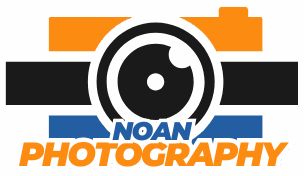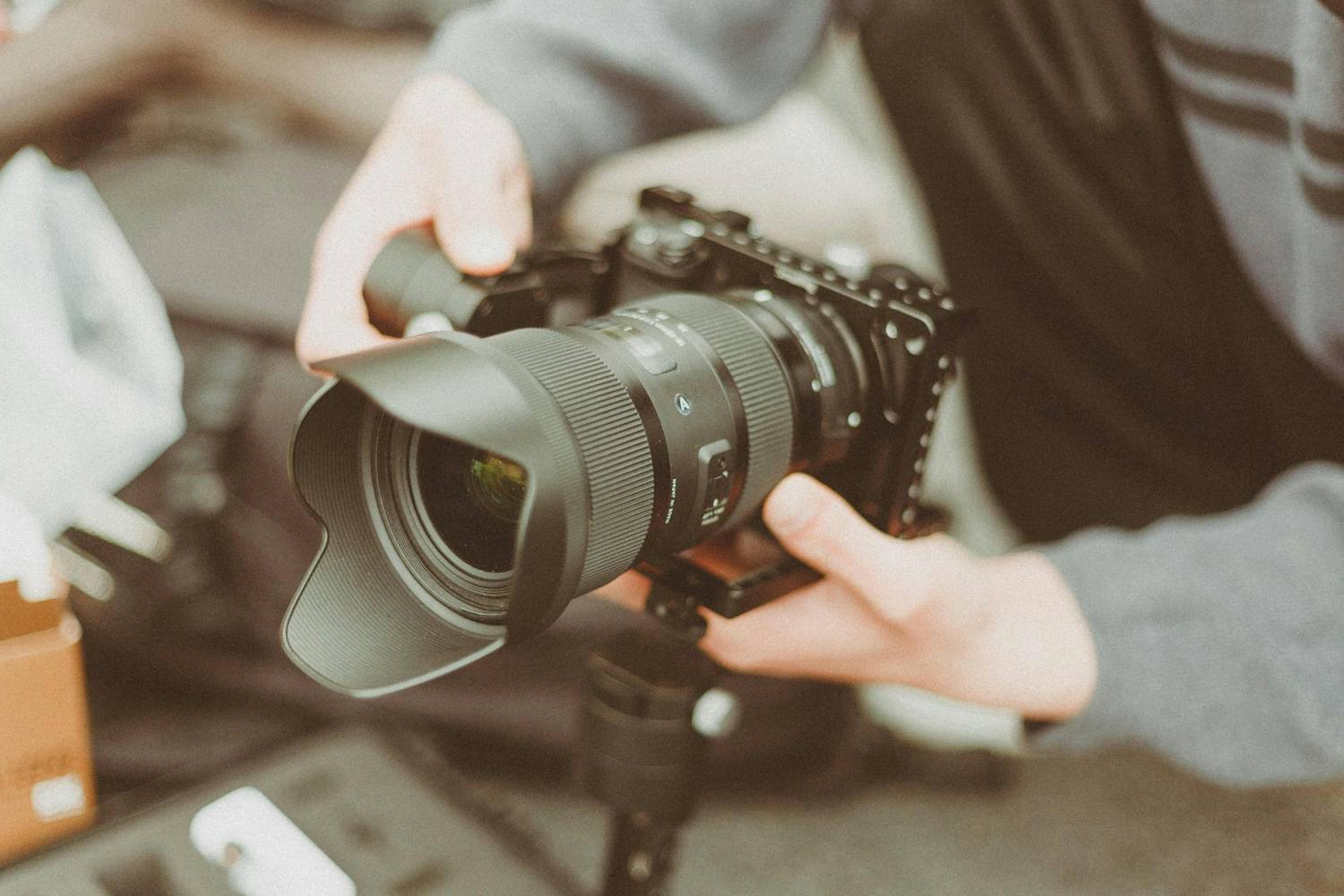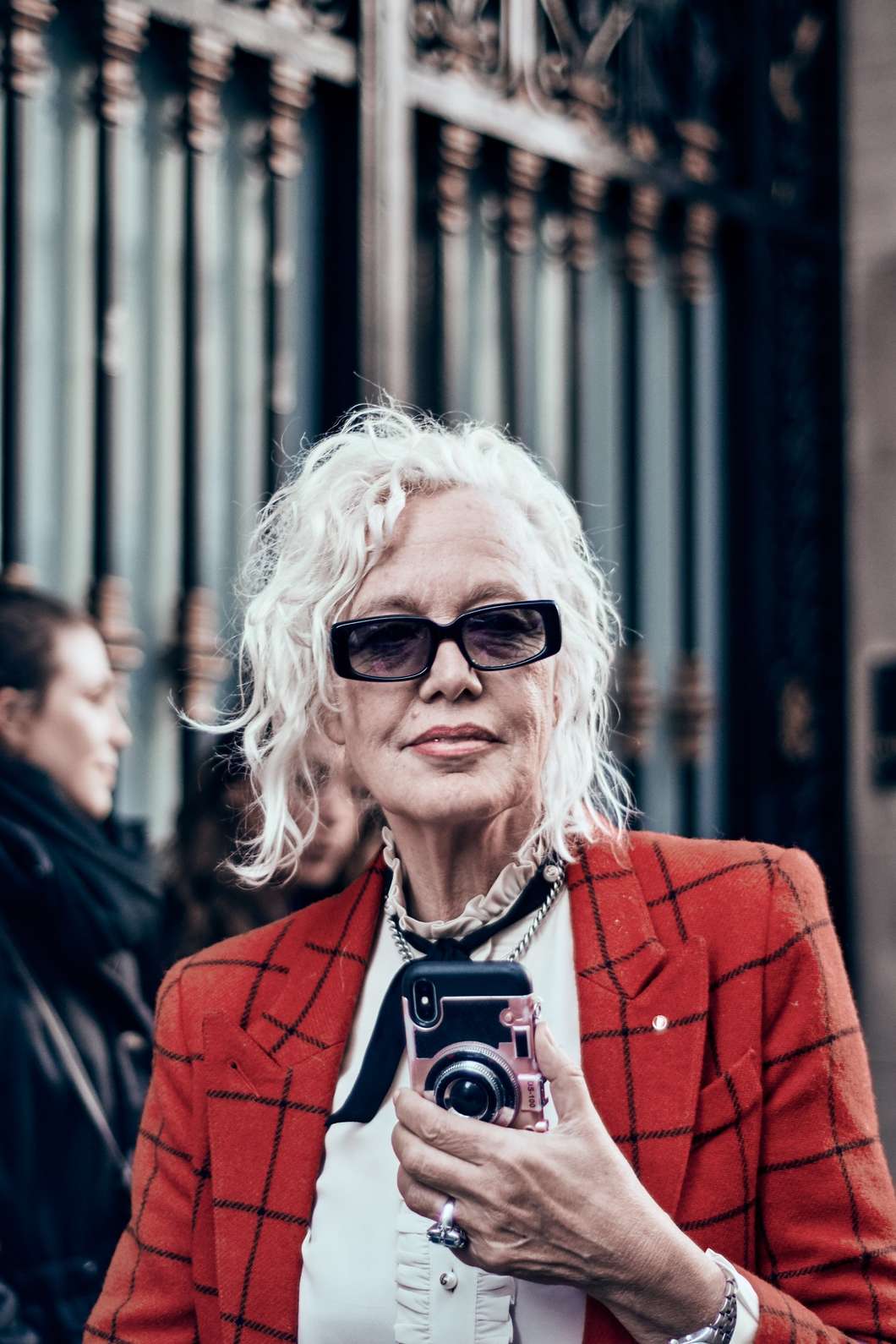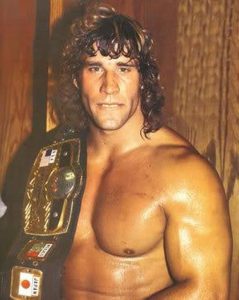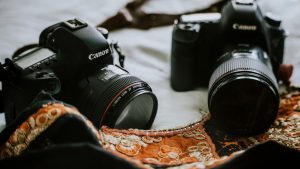When I first Googled an artist bio example early in my photography career, all I found were stiff résumés dressed up as inspiration.
You know the kind—bullet-pointed achievements, lifeless language, and no soul. It felt more like applying for a bank job than sharing my creative journey.
But here’s the truth: your bio should do more than list what you’ve done. It should tell people why you do it, what drives your lens, and how your point of view colors your work. Whether you’re creating fine art portraits or documentary-style street scenes, your artist bio is a chance to tell a short, compelling story about your voice as a photographer.
Let’s dive into 10 tailored artist bio examples and the storytelling tips that can help your bio truly reflect your vision.
What Makes a Strong Photographer Bio?
Before we get into examples, let’s break down what makes a good artist bio sing—especially for photographers.
A great bio should:
- Capture your style and subject focus (portraits, landscapes, editorial, etc.)
- Communicate your creative philosophy
- Mention relevant experience, exhibitions, or publications
- Include your location or studio base
- Use visual, specific language—not generic fluff
Think of your bio like the first 10 seconds of a trailer. You’re not giving everything away, but it needs to be memorable, emotional, and clearly yours.
Iconic Portrait Photographers
1. Annie Leibovitz
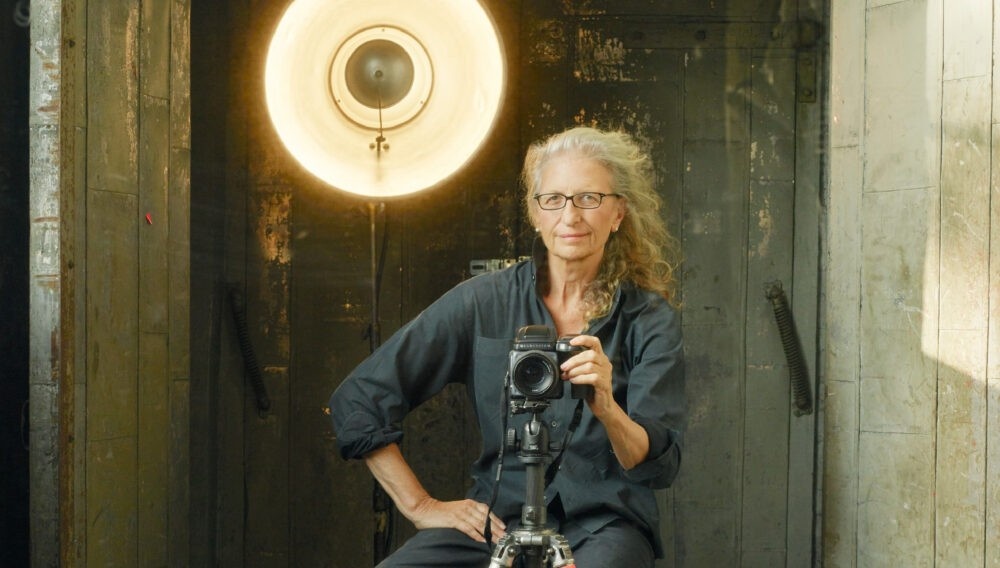
Image Source: The Mint Museum
Annie Leibovitz (b. 1949, Waterbury, CT) is renowned for her deeply staged, cinematic portraiture. After studying at the San Francisco Art Institute, she became Rolling Stone’s chief photographer (1973–1983) before joining Vanity Fair and Vogue. Her intimate captures—from John Lennon and Yoko Ono to Queen Elizabeth II—combine bold visual planning with emotional resonance.
Tip: Lead with your signature style and landmark projects to showcase both creative vision and credibility.
Legendary Travel & Documentary Photographers
2. Steve McCurry
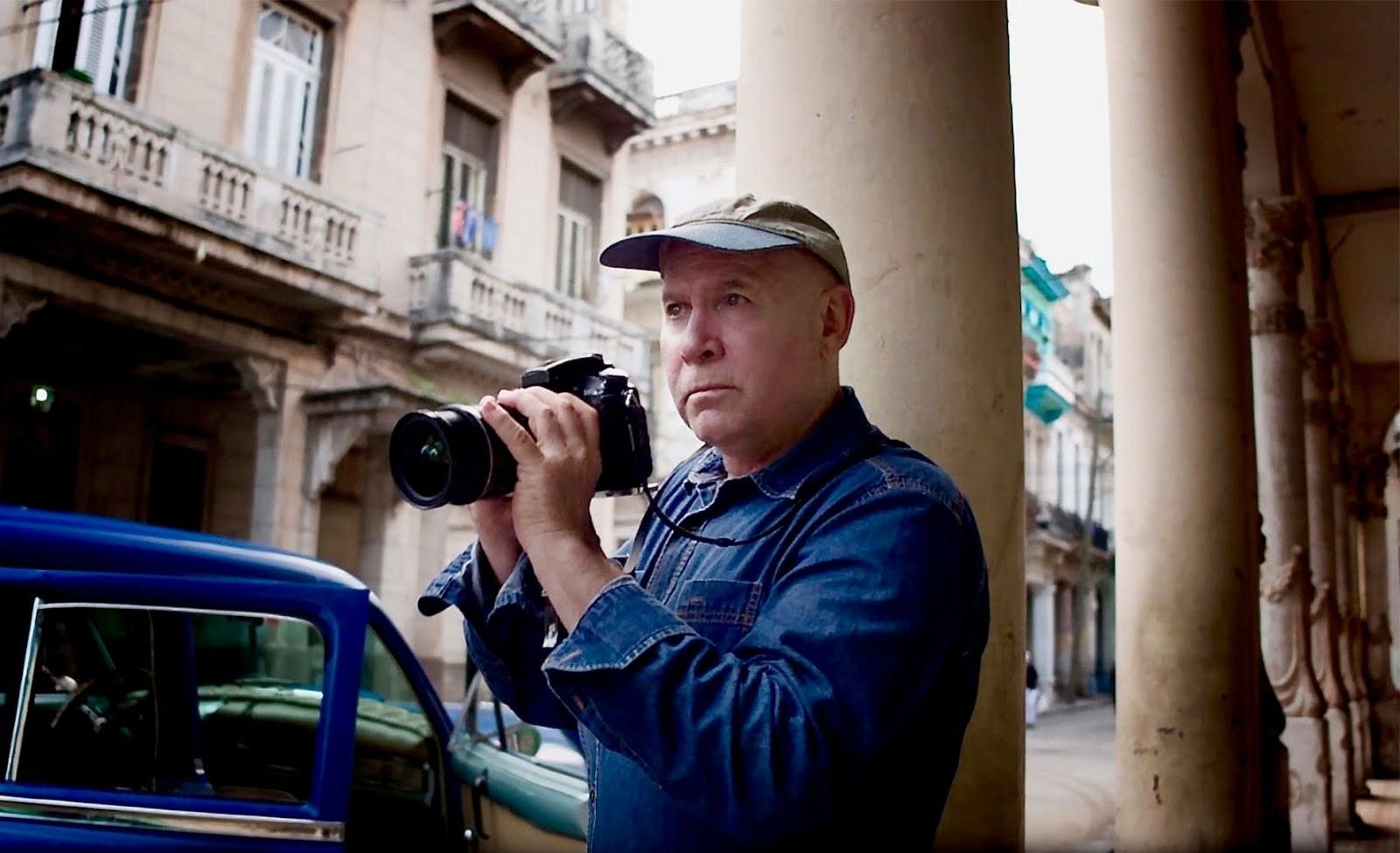
Image Source: Masters of Photography
Steve McCurry (b. 1950, Philadelphia) is a Magnum photojournalist best known for his “Afghan Girl” portrait on the cover of National Geographic. With decades photographing conflict zones, vanishing cultures, and vibrant street life, McCurry captures powerful human connection in color-rich, intimate frames.
Tip: Highlight one iconic image or publication that connects emotionally with the audience.
Influential Street Photographers
3. Vivian Maier
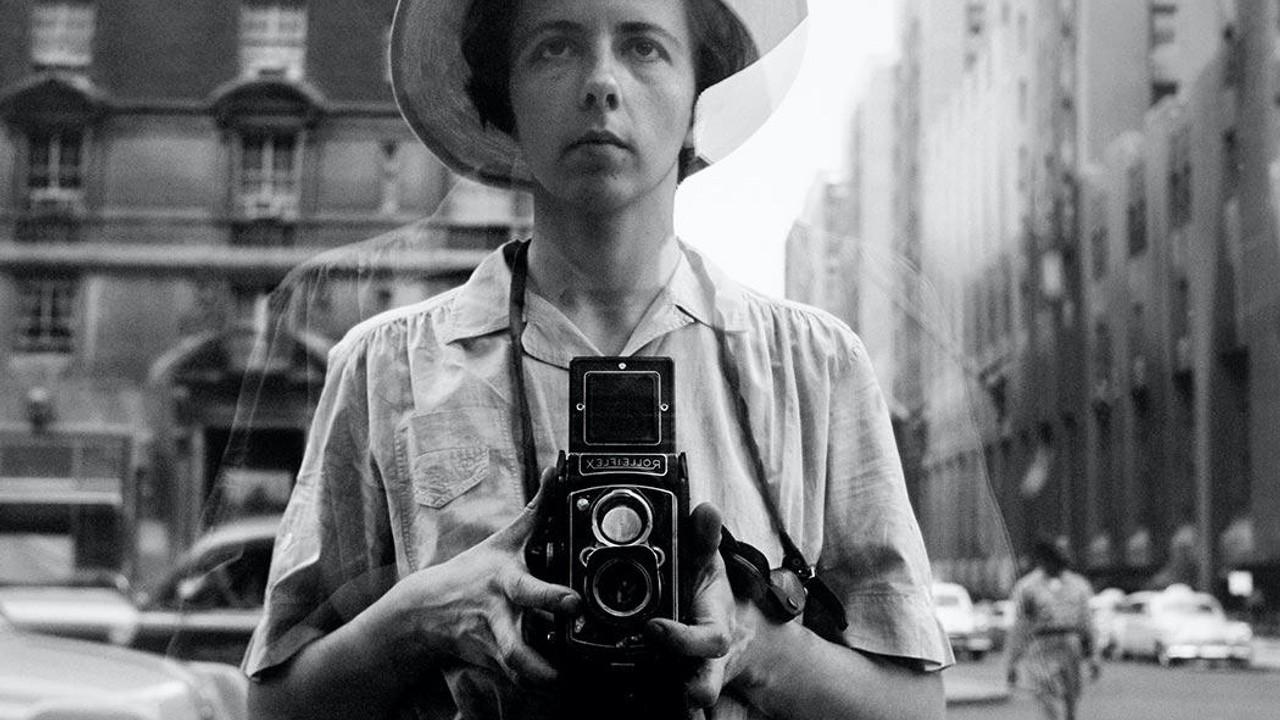
Image Source: Department of Street Photography
Vivian Maier (1926–2009) was an American nanny whose candid street photography of 1950s–60s Chicago was discovered posthumously. Her intimate black-and-white frames document everyday moments, anonymity, and light in urban life.
Tip: Emphasize the narrative behind your work—Maier’s hidden legacy adds a compelling layer to her bio.
Conceptual & Fine Art Photographers
4. Gregory Crewdson
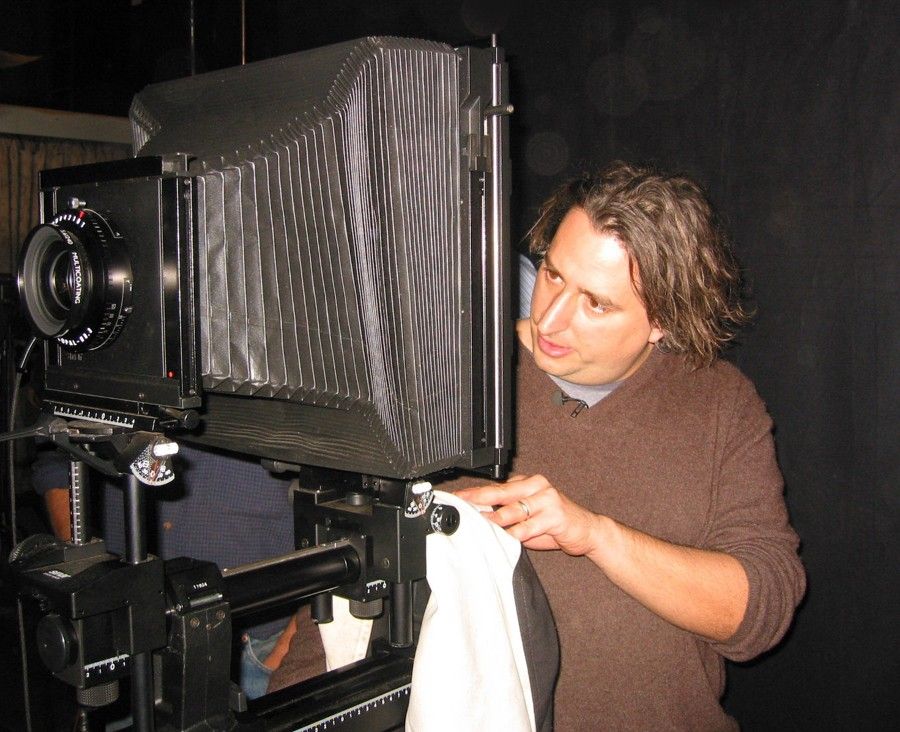
Image Source: IMDb
Gregory Crewdson (b. 1962, Brooklyn) creates meticulously staged cinematic images that blur reality and fiction. Each photograph is a narrative tableau: suburban sets, dramatic lighting, and psychological depth.
Tip: Use metaphors or describe the narratives woven into your visuals for artistic impact.
5. Cindy Sherman

Image Source: The Gentlewoman
Cindy Sherman (b. 1954, Glen Ridge, NJ) transforms herself in various guises to explore identity and social roles. Her self-portraits—as characters in films or stereotypes—challenge viewers’ perceptions.
Tip: Clarify your message and conceptual framework—Sherman’s bio is as much theory as image.
Renowned Nature & Landscape Photographers
6. Ansel Adams
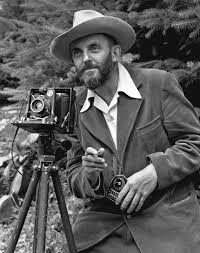
Image Source: Wikipedia
Ansel Adams (1902–1984) was a master of black-and-white landscape photography, especially of the American West. His meticulous compositions and tonal mastery defined visual standards for landscapes and environmental awareness.
Tip: Mention your technical precision or environmental ethos when your work centers on nature.
7. Peter Lik
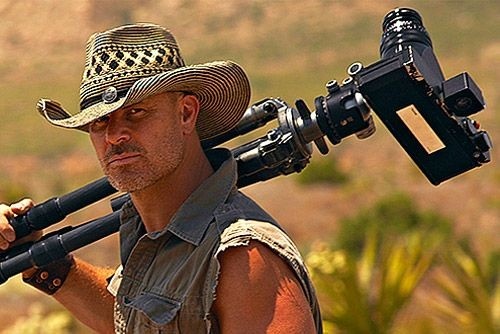
Source: Pinterest
Peter Lik (b. 1959, Melbourne) is known for large-format color landscape photography—often sold as fine art prints. His dramatic panoramas capture natural light and scale at locations like the Grand Canyon and Yosemite.
Tip: For commercial nature work, note print or sales milestones to underscore impact.
Influential Commercial & Fashion Photographers
8. Ellen von Unwerth
Image Source: Wikipedia
Ellen von Unwerth (b. 1954, Frankfurt) is a German fashion photographer whose playful, female-centric vision has graced Vogue, Vanity Fair, and campaigns for Dior and Chanel. She brings spontaneity, bold styling, and celebration to editorial portraiture.
Tip: Name key publications or brands to build both authority and creative flair.
Emerging & Genre-Blurring Photographers
9. Jimmy Nelson
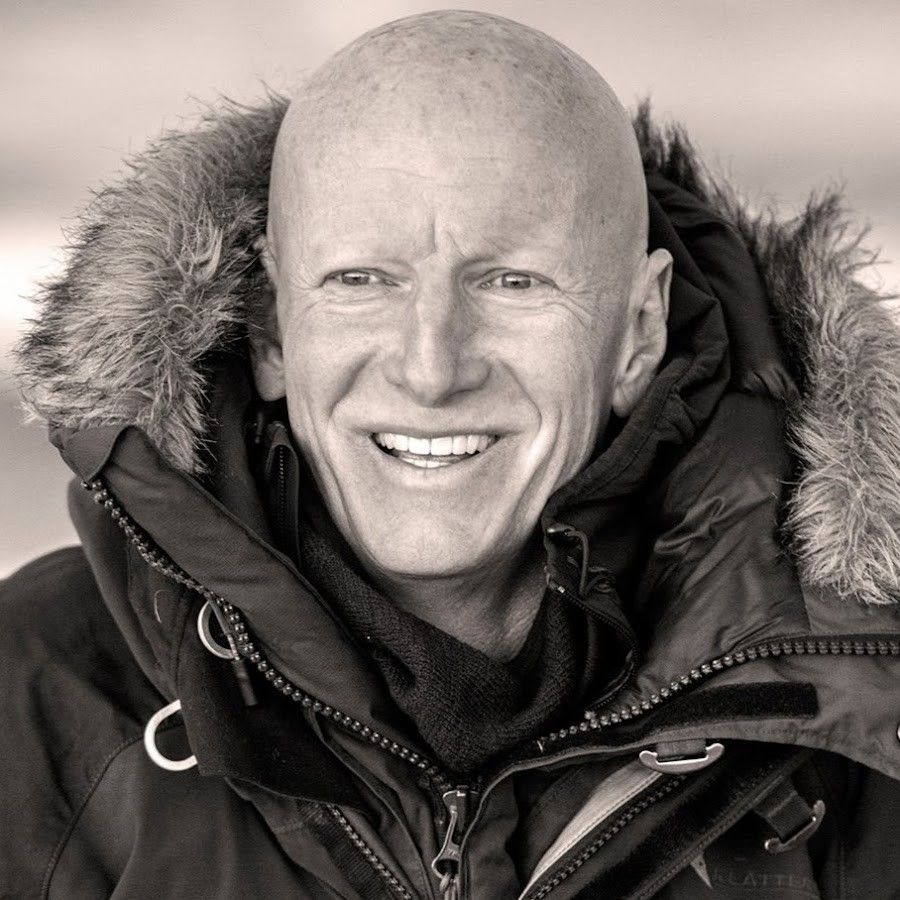
Image Source: Jimmy Nelson YouTube
Jimmy Nelson (b. 1967, London) blends portraiture and anthropology, photographing vanishing tribal cultures with respect and visual drama. His work preserves traditional identities through large-format, high-impact imagery.
Tip: If cultural storytelling informs your work, articulate your conscious, respectful approach.
10. Brandon Woelfel

Image Source: Brandon Woefel Facebook
Brandon Woelfel (b. 1992, NYC) is a social-media-born photographer known for dreamy, pastel-lit portraits with neon accents. His vibrant Instagram aesthetic has inspired a generation of digital-native portraiture.
Tip: Include platform or community reach if digital presence defines your work.
FAQs: Writing Your Photographer Bio
1. How long should an artist bio be?
A short bio is typically 2–4 sentences, ideal for social media or exhibitions. A longer bio for your website or portfolio can be 100–150 words.
2. Should I write in first or third person?
For professional portfolios or gallery submissions, third person is standard. First person can be used on personal websites to add warmth and authenticity.
3. What should I avoid in an artist bio?
Avoid jargon, listing gear, or vague phrases like “passionate about photography.” Instead, be specific about your focus, themes, and what inspires your work.
4. Can I write different bios for different uses?
Absolutely! Customize your bio depending on where it appears—social media, publications, your website, or a gallery submission may all call for different versions.
Craft Your Own Compelling Artist Bio Example
By studying these artist bio examples, you can see how real photographers use a mix of creativity, factual detail, and narrative tone. When crafting your bio, blend your why, how, and who you’ve reached into a story that is authentic to your vision. The goal is to give readers a snapshot of your photographic voice that feels both personal and professional.
Ready to write yours? Keep it visual, specific, and impactful—just like your photos.
